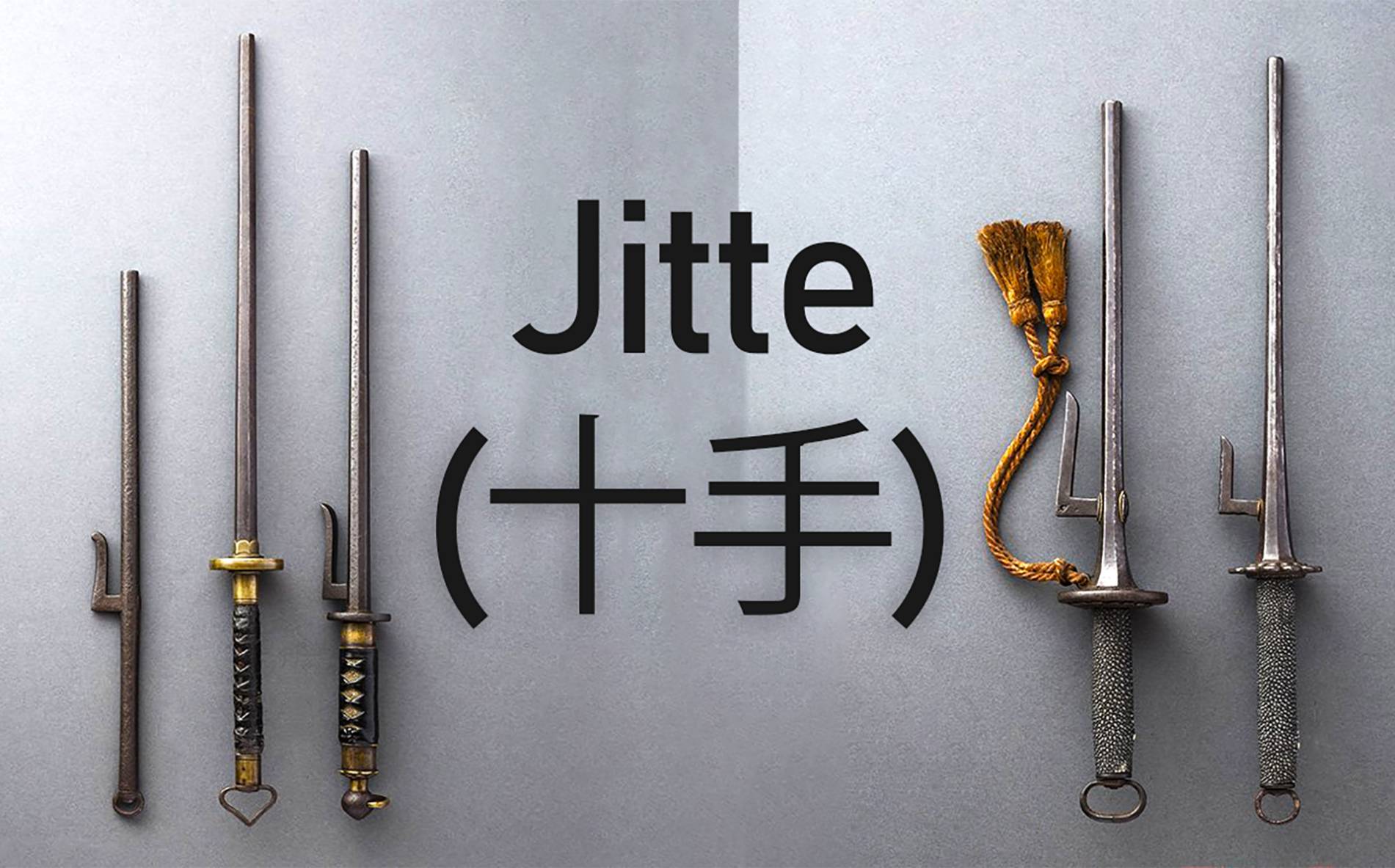Jitte (十手), or Jutte, is a Japanese weapon and arresting tool for Samurai police. Japanese security officers of the Edo era (1603–1867) used this specialty weapon. Before the 19th century, the Japanese police introduced “iron rulers,” or jitte, to replace the extremely sharp katana. Woods like oak and chestnut are combined with metals like wrought iron, brass, or forged silver to create the jitte. The shaft, which is 12–24 inches (30–60 cm) in length, ends in a hook.
You can use jitte to defend yourself from enemy blades, or you can use it to launch a powerful strike or thrust at your opponent. Occasionally, jitte is used in tandem with jujitsu methods to catch offenders by immobilizing and throwing them. The modern version of the weapon is 18 inches (45 cm) long. A jitte expert can easily jam the enemy’s sword and then attack the enemy’s wrist, throat, and other weak spots, or entangle the enemy’s weapon to disarm it.
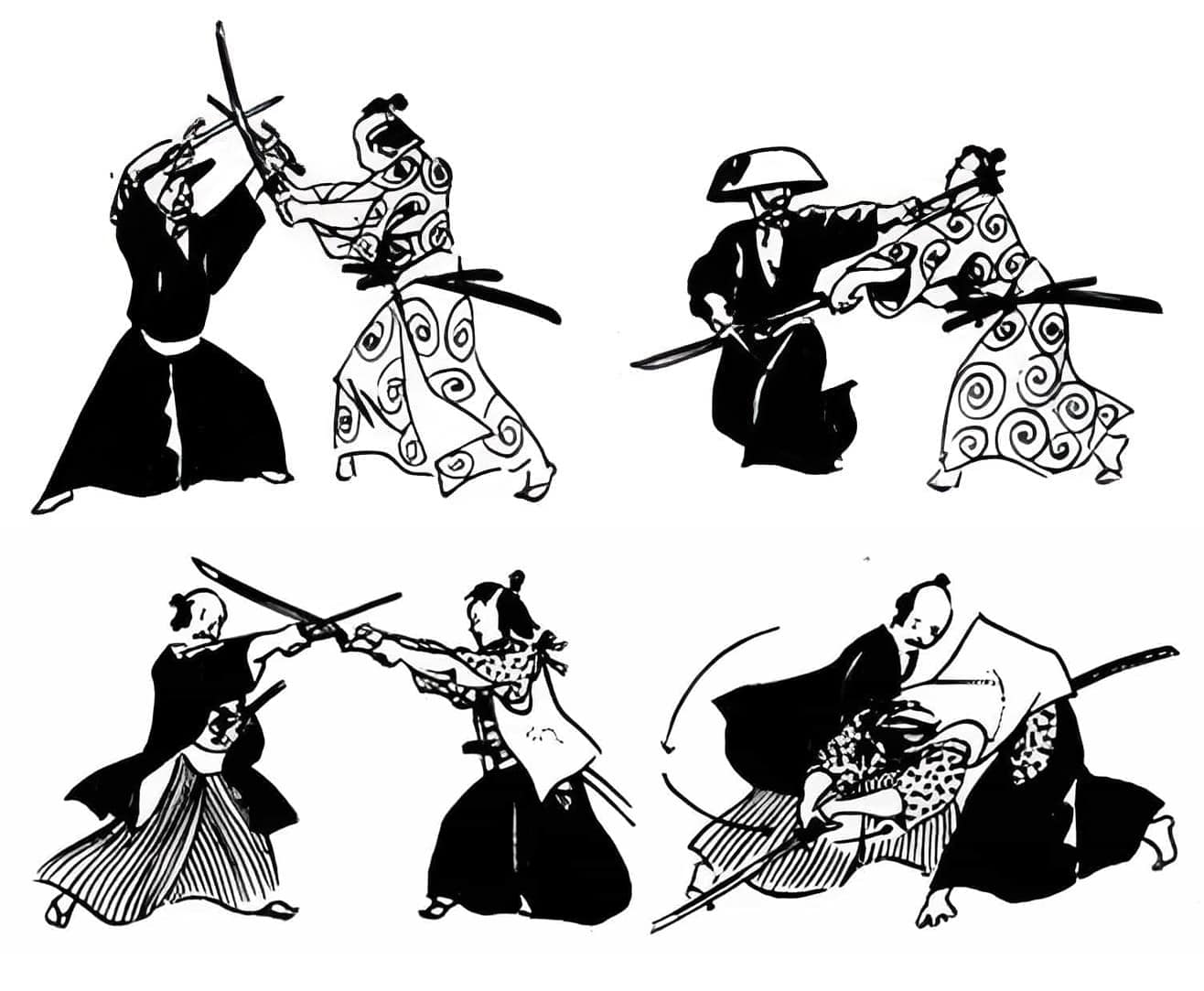
Meaning of Jitte
“Jitte” (十手) literally translates to “ten hands” in Japanese because the weapon is believed to be as effective as using ten hands. The weapon resembles a short rod with a hook.
Some martial arts organizations use the terms jutte, minorute (實手), or jitei for this weapon. The jitte is such an effective and popular weapon that the term “juttejutsu” (十手術) is reserved for the specific branch of martial arts that makes use of the jitte.
Even though the Japanese made a lot of changes to the jitte, it was never given to the army because it didn’t have a sharp blade or the weight of a blunt weapon.
This meant that it couldn’t do much damage to armor. Thus, it was unable to participate in the battle. But the local police liked to use the weapon a lot.
Origin of Jitte
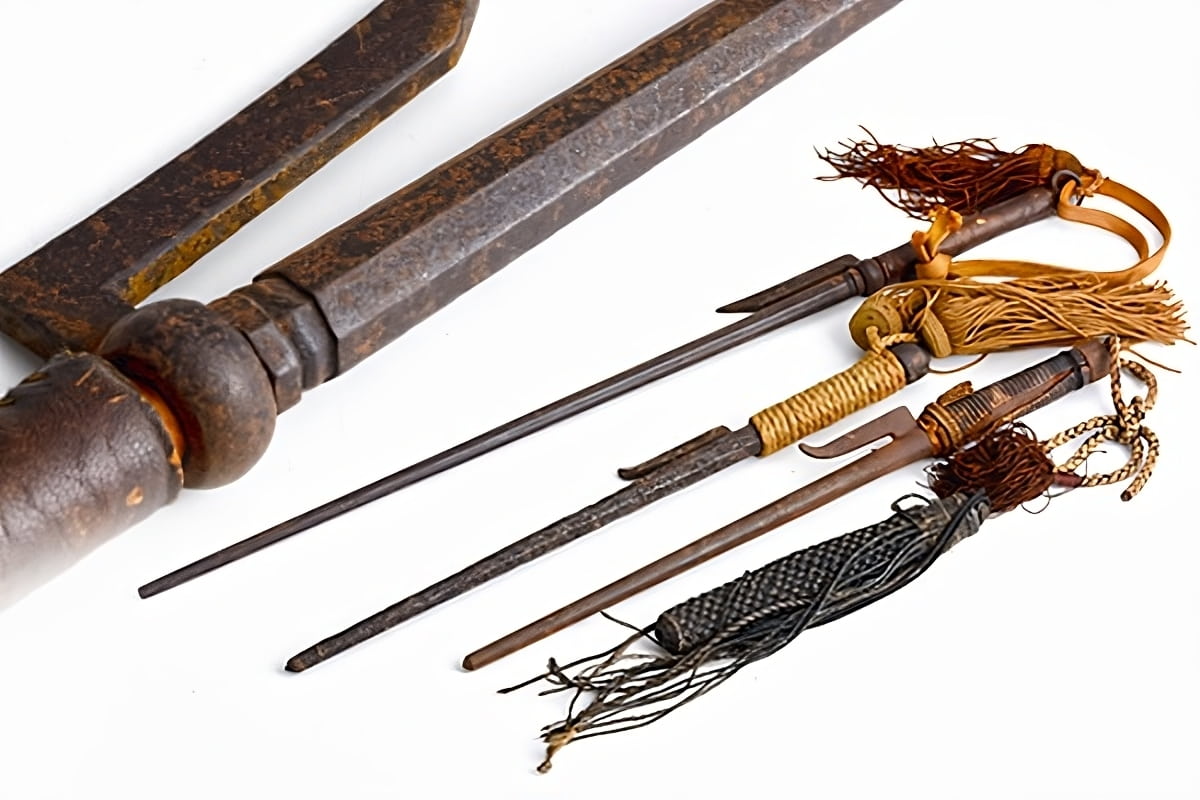
The Chinese and Japanese schools of martial arts both claim to have contributed to the creation of the jitte. According to the Chinese, the jitte was created from the ancient Sai (釵) weapon or was introduced by the Edo-period martial artist Chin Genpin.
In another version, the jitte was invented by the Japanese blacksmith Masamune or by his father. Both theories have been debunked.
Jitte is thought to have evolved from the striking weapon known as habiki (刄引). This is based on similarities in their use to control people, their handles, the use of lacquer, and the lack of a “tsuba” (the guard that protects the hands).
The weapon “kabutowari” (“helmet breaker”) was created by adapting the habiki by ditching the guard and adding a hook instead. Finally, the jitte was created when the hook’s size was increased and the curvature of the kabutowari was removed.
History of Jitte
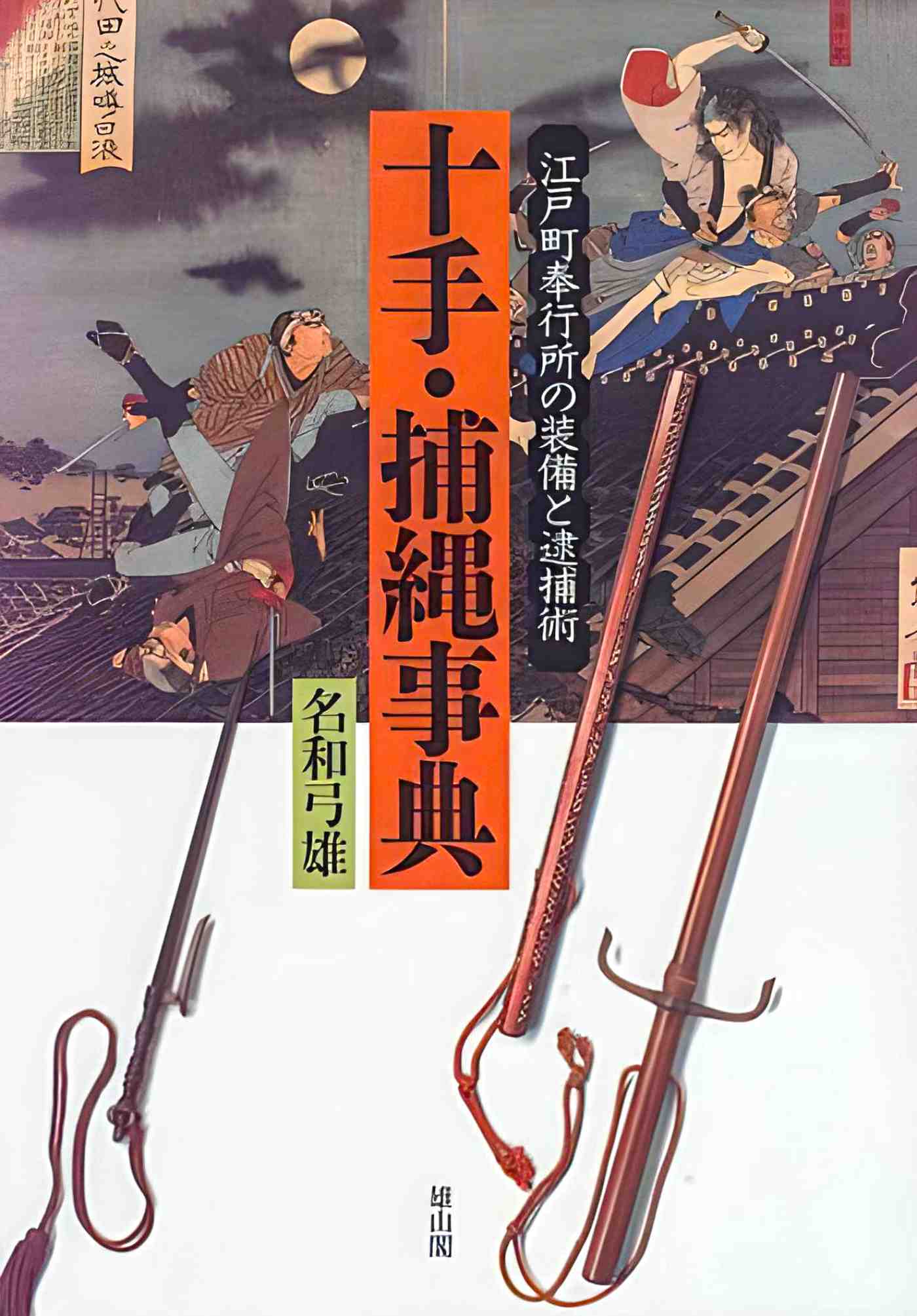
During the Tokugawa shogunate’s ban on military weapons in the 17th century, bladed weaponry was banned for all citizens of Japan except samurai. A variety of non-sword weapons, as well as blades of varying disguises, saw a rise in favor as a result of this ban.
Jittes were not outfitted with blades but were strong and versatile enough to be used by ronin and citizens alike as a means of self-defense. Around this time, new “Shibukawa-ryu” and “Ikkaku-ryu” schools appeared.
They were two examples of specialized martial arts techniques that focus on the jitte method. Since it was commonly used by local police to deal with offenders, the jitte was also the ancestor of the Japanese police baton.
Since carrying a blade into the shogun’s castle was a capital offense for everyone except samurai, the royal guards were only allowed to carry a wide variety of non-bladed weapons.
Due to its effectiveness, jitte became the most popular weapon of choice at this time. As a powerful tool, they could be used both for offense and defense.

In juttejutsu or jittejutsu, the hook can be used to catch an opponent’s weapon. And with grappling methods such as hanbō (“half-staff”), jitte can be used to subdue an opponent by entangling their arms and legs.
The weapon was given to the Yoriki (police sergeant) and Doshin (patrol officer) of the Edo magistrate’s office during the Edo period (1603–1867) as a tool for the capture of criminals.
In the same era, jitte was also used illegally by the “samurai servants.” They were low-ranking assistants of samurai families, and they were never given the weapon in a legal way. As a result, they were often hired by others for dirty jobs because the jitte was an officer’s weapon. It was a badge or official identification tool for its carrier.
Today’s thick cord-wrapped handle with a tassel at the end that is sometimes seen on jitte in historical dramas is a holdover from the jitte’s use as a decoration in Kabuki performances during the Edo period. Because at the time, it was forbidden to imitate the actual weapon.
Jitte Was a Valuable Weapon
Typically, a person would keep their jitte in a tiny pouch called a “jittebukuro,” and they would then store it in their pocket. This was done for two purposes: one, to secure your possessions in the event of robbery or loss, and two, to conceal your identity in the event of monitoring or chasing. Because jitte served as both a restraint and a proof of identity.
Since higher-ranking officials than the Yoriki (police sergeant) didn’t usually work together to catch criminals and the Doshin (patrol officer) used their jitte more to give commands than to catch criminals, their jittes sometimes didn’t have hooks but instead looked like katanas (uchigatana).
Some jittes came with a tsuba. And some were elaborately embellished with mother-of-pearl, lacquer, and raden, while others featured brass or silver inlay (zogan or damascening), embossing, and plating.
Parts of the Jitte

Shaft (boshin)
Forging and milling are the two main ways that the shaft of a jitte is made. The shaft can be as simple as a straight rod or tapered at both ends. The shaft’s cross-section is typically round, hexagonal, or octagonal.
From time to time, you’ll find equilateral triangles, squares, rectangles, dodecagons, and ovals. Or those that pierce a square hole in a hexagonal pattern, or those with a pentagonal base that expands into an octagon.
Some jittes can look more like a kabutowari or tekkan (“iron sword”). Still, others have a diamond-shaped cross-section or a “three-pronged” hook design to imitate Fudo Myoo’s (a Buddhist guardian deity) Kurikara sword.
For good measure, there are jittes, which are hollow steel tubes that store a hidden weapon that sticks out when you shake it. Finally, one type of jitte has a long chain attached to the tip, which turns the jitte into a ranged weapon.
Handle (tsuka)
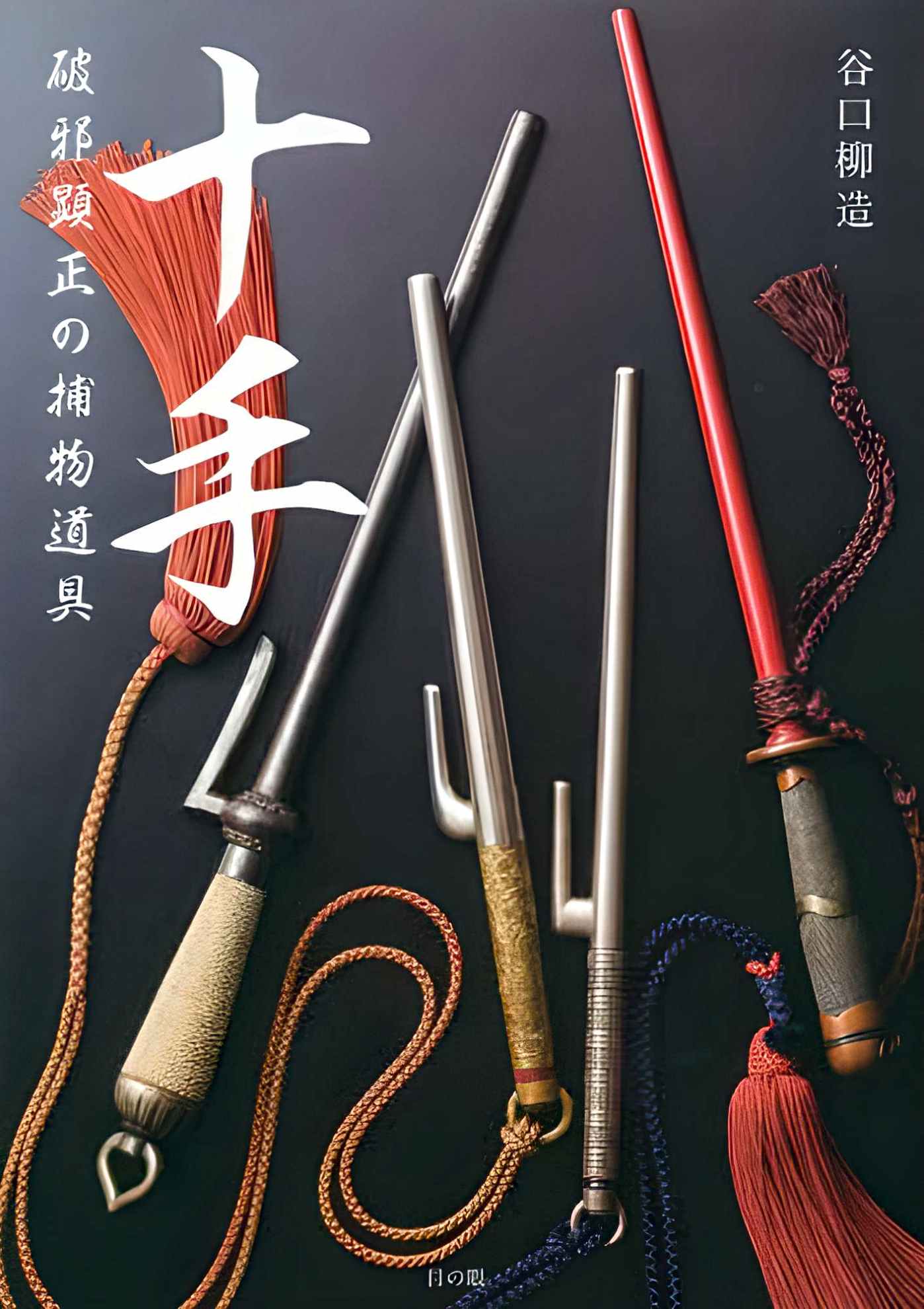
If the shaft is cut into a grasp-friendly shape like a hexagon or octagon, then the bare surface can be used as a handle; alternatively, the shaft can be covered in a substance like brass to make it sturdier and easier to grab, even in the biting cold of winter.
Some implements have rattan, thin strings, or leather threads wound around the shaft for a firmer grasp, while other handles, like those made of wood or ivory, are designed to be more ergonomic in the hand or to cushion the shock of an impact. Another type of jitte handle covering is used on Japanese swords like the uchigatana and Wakizashi, and it is wrapped in sharkskin and then further wrapped with a tsukamaki or handle wrap.
Hook (kagi)
The term “kashime” (かしめ) refers to the fastener technique typically used to connect hooks to the shaft. To do this, the hook’s joint must be inserted into a mortise opening on the shaft’s handle end, which has been enlarged on one side and constricted on the other.
A rivet joint is formed when the hook is pushed into the narrow hole and the hook material is compressed into the enlarged hole on the opposite side while the joint is still hot and malleable.
About halfway through the Edo period, this jointing method was improved by folding and forge-welding hook steel to make a “kaeshi” that would fit into the mortise like a spearhead. This improves the joint’s overall stability.
A branch hook can also be made by severing the shaft and using the two pieces to make separate hooks, or by encircling the shaft with the hook material to create a loop and hammering it firmly. These modest techniques are unusual, but they do exist.

Types of hooks
There is a wide variety of hook designs for jitte. Most jittes come with one hook pointing forward, or some with two hooks like hairpins. There are also jitte weapons, like the “Manji” (the way 卍 or swastika is read in Japanese), that have two hooks spanning each other at right angles. Some hooks have twists at various angles, such as those with enlarged tips or an “H” form.
For others, the two hooks open at an angle of 40–130 degrees from the rod’s shaft, creating two identical isosceles triangles. Some of the jitte hooks resemble a rosary in their design, with a single horizontal bar crisscrossed in the center. Some hooks feature a protective tsuba guard or knuckle guard like in sabers.
It is possible to place the three or four hooks in a symmetrical pattern around the rod’s shaft. Some jittes have iron rings or parts of the hook that are sharpened like blades, while others have hooks that mimic the shape of a three- or five-pronged pestle (vajra), a ritual weapon of Hinduism. Jitte’s hooks come in a wide variety of styles.
The Sizes of Jitte
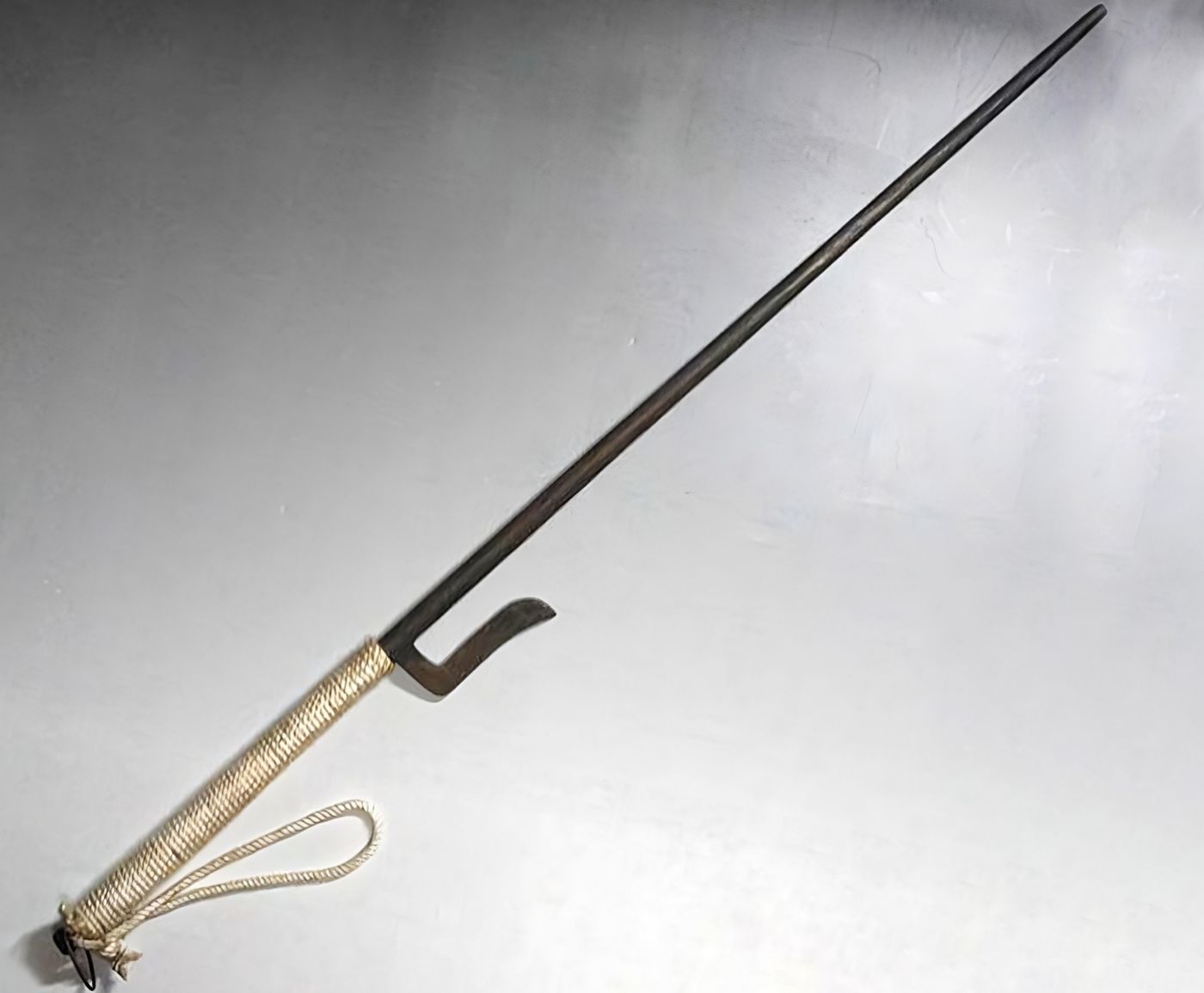
Jitte created for personal use ranges in size from about 4 to 21 inches (9 to 54 cm) in length. The standard size of a jitte as a loaned or gifted object is between 14 and 19 inches (35 and 48 cm). Uchiharai jitte, with a length of 24–45 inches (60–115 cm), is designed for use against a skilled swordsman or an enemy with a polearm.
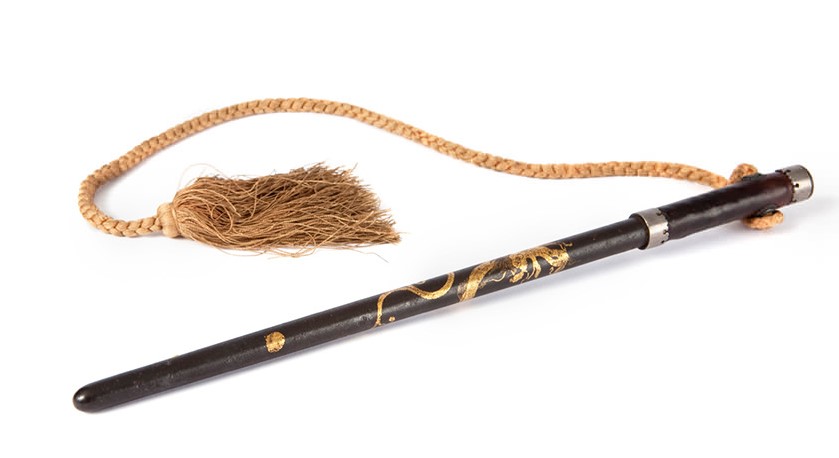
Some jittes can be equipped with shock-absorbing handles made of cylindrical or elliptical wooden handles. A tall naeshi jitte with a hardwood grip called “naganaeshi” also serves a similar function.
Various Facts About Jitte
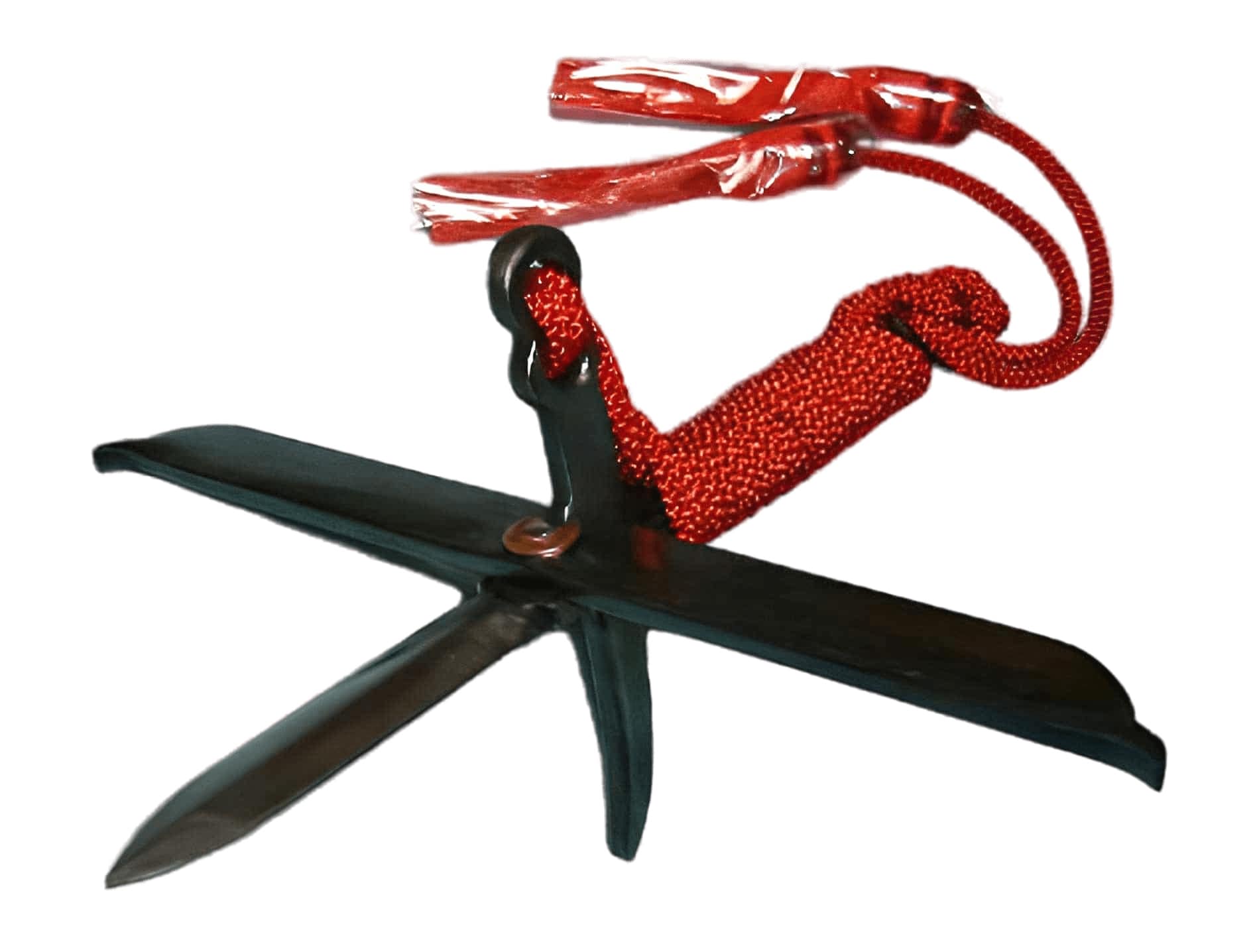
- The “Kikai Jitte” (in the Ikkaku-ryū, “Marohoshi”) is a special design used by practitioners of the Enmei-ryū and the Ikkaku-ryū schools of Juttejutsu. It can be used as a weapon due to its big hook and cross-shaped tsuba, or it can be used as a hook due to its versatility.
- Shinmen Munisai, Miyamoto Musashi’s father, was lauded as a master of the Juttejutsu of the Tori-ryū school by the legendary shogun Ashikaga Yoshiaki himself.
- Written manuscripts of the Tetsujin-ryū, which is closely linked to the Enmei-ryū, depict a person carrying a blade in their right hand and a jitte in their left, indicating that these methods were once practiced but have since been forgotten.
Martial Art Schools That Use Jitte
- Takenouchi-ryū
- Ikkaku-ryū juttejutsu
- Komagawa Kaishin-ryū
- Shibukawa-ryū
- Rishin-ryū
- Imaeda Shin-ryū
- Tori-ryū
Variants of Jitte
- Karakuri jitte
- Kikai jitte or Marohoshi
- Naeshi Jitte
- Uchiharai jitte
Similar Weapons
- Kabutowari
- Tekkan (“iron sword”)
- Sai
Jitte in Popular Culture

Manga and Anime
- Throughout Darwin’s Game (2020-), Liu Xuelan employs Jitte in battles.
- Jittes are issued to contracted hackers in Cyber City Oedo 808 (1990-1991) as a badge of office and service firearm.
- In the anime and manga One Piece (1999-), Vice Admiral Smoker of the Straw Hats employs a lengthy jitte.
- In Tokyo Mew Mew (2000-2003), Quiche makes use of two jittes during battle.
TV
- During the events in the Message from Space: Galactic Wars (1979) TV series, both Hayato and Ryu, two of the series’ main protagonists, carry retractable jitte.
Video Games
- Sodom’s go-to tool of choice in the Street Fighter series is the jitte.
- Taki, a playable character in Soul Calibur IV, has access to jitte based on the outfit he wears.
References
- Serge Mol, 2003. Classical Weaponry of Japan: Special Weapons and Tactics of the Martial Arts. Kodansha International.
- Yumio Nawa. 1964. A Study of the Jitte. Oyamakaku Publishing.
- Yasuhiko Itatsu. 1992. Yoriki, dōshin, jitte torinawa (Japanese Edition). Amazon.


